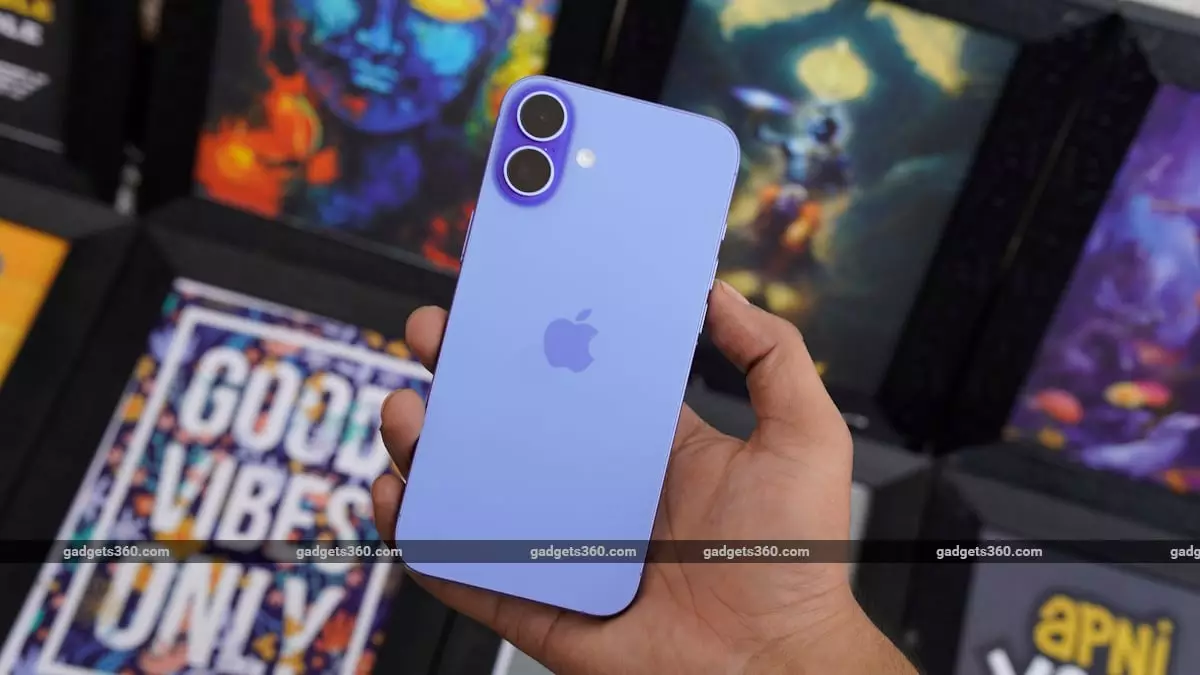Every year, as the retail giants gear up for their flagship sales, consumers are bombarded with advertisements promising unbeatable discounts and once-in-a-lifetime deals. Flipkart’s upcoming GOAT Sale 2025 is no exception. However, beneath the glitzy banners and flashing discounts lies a stark reality: these sales are less about genuine savings and more about manipulating consumers into spending more under the guise of “bargain hunting.” While it’s easy to get captivated by the prospect of purchasing the latest smartphones and electronics at seemingly reduced prices, it’s crucial to critically examine the implications of such heavily promoted sales events designed to stimulate impulsive buying rather than promote true value.
The marketing strategy behind these mega sales is ultimately about creating a sense of urgency and FOMO (fear of missing out). Limited-time deals, flash discounts, and exclusive early access for certain customer segments generate an illusion of scarcity that compels consumers to act quickly, often without enough time to compare prices or think through their purchases. This orchestrated frenzy diverts consumers from thoughtful shopping toward impulsive expenditure, exacerbating a culture of consumerism that benefits corporations more than individual buyers.
The Depth of Exploitation: Premium Branding and Misleading Discounts
The sales pitch extends beyond just discounts; it’s an elaborate orchestra of branding, perceived prestige, and artificial scarcity. Flipkart, backed by Walmart, leverages its extensive user base to push a narrative that these prices are unprecedented bargains. Yet, if we scrutinize the discounted prices, many are simply remnant or slightly lower than prices available during previous sales or in everyday retail. For instance, the iPhone 16’s rumored sale price of below Rs. 60,000 remains a captivating promise—yet it’s critical to consider whether such discounts are sustainable or merely marketing tactics designed to inflate perceived value.
Furthermore, brands like Nothing are carefully positioned to attract consumers who may feel the need to “upgrade” to the latest gadgets, often driven more by marketing hype than actual necessity. The choice to feature premium devices at heavily promoted discounts skews consumer perception, encouraging the purchase of luxury items that might not be affordable or necessary for most. This type of marketing fosters a cycle where consumers chase after the latest shiny objects, often beyond their budget, under the false belief they are making a “smart” purchase.
The Double-Edged Sword of Bank Offers and Loyalty Programs
The use of bank discounts, UPI offers, and loyalty points further complicates the scenario. These add-ons are not necessarily cost-effective but designed to obscure the true price consumers pay. Offering up to 10% instant discounts on select credit cards or cashback through loyalty programs such as Flipkart’s SuperCoin creates an illusion of savings. While some consumers may genuinely benefit, the broader picture reveals that these tactics can encourage overspending—buying more to “maximize” the benefits—while masking the fact that many deals are not as profitable as they seem.
Furthermore, these schemes often entrench a cycle of dependency on the platform’s loyalty programs, subtly pushing consumers into habitual, unnecessary spending to accumulate points or cashbacks. It raises questions about whether these sales are genuinely about value or about keeping consumers hooked on their ecosystem, feeding into a broader trend of commodification rather than meaningful savings.
The Broader Impact: Consumer Culture and Market Manipulation
While shoppers may feel they’re getting a good deal—a fleeting sense of triumph—the broader societal impact remains problematic. These high-profile sales events encourage a culture driven by materialism and instant gratification. What’s more troubling is that many consumers fail to realize how their purchasing habits are shaped by aggressive marketing, designed less for their benefit and more to inflate corporate profits.
The prevalence of price comparison tools and trackers highlights a growing awareness among savvy consumers; they know that real savings depend on careful research and timing—not fleeting discounts. Yet, the power of these sales is rooted in psychological tricks that often lead consumers to spend beyond their means, fostering financial irresponsibility.
In an economy where the goal should be sustainable consumption and fair pricing, these sales function more as a tool of exploitation than empowerment. The fact that Flipkart’s GOAT Sale and Amazon Prime Day run concurrently raises concerns about consumer fatigue and the inundation of false bargains, making it harder for the average buyer to discern genuine value from orchestrated marketing hype.
In essence, these sales stand as a reflection of a consumer environment increasingly driven by manipulation and superficial promises rather than true affordability or economic fairness. Until consumers rethink their purchasing habits and demand transparency, these events will continue to benefit corporations far more than the everyday buyer.

Leave a Reply